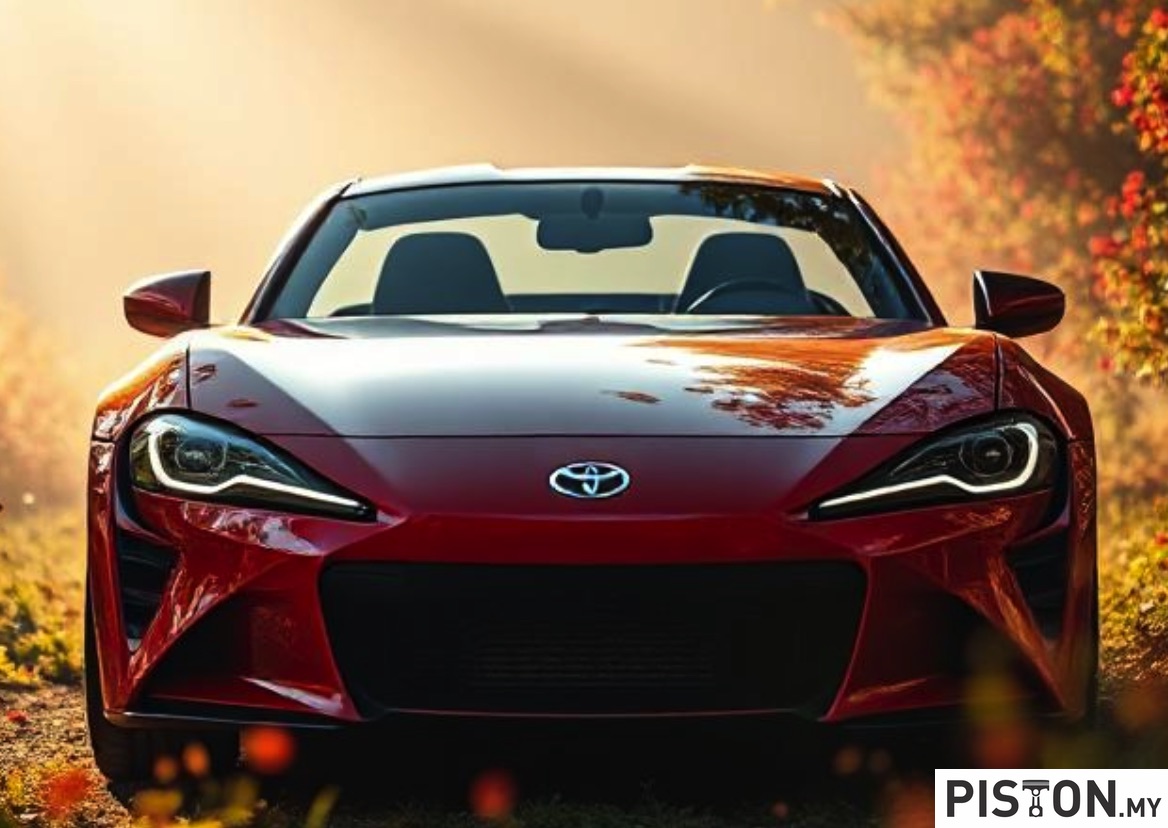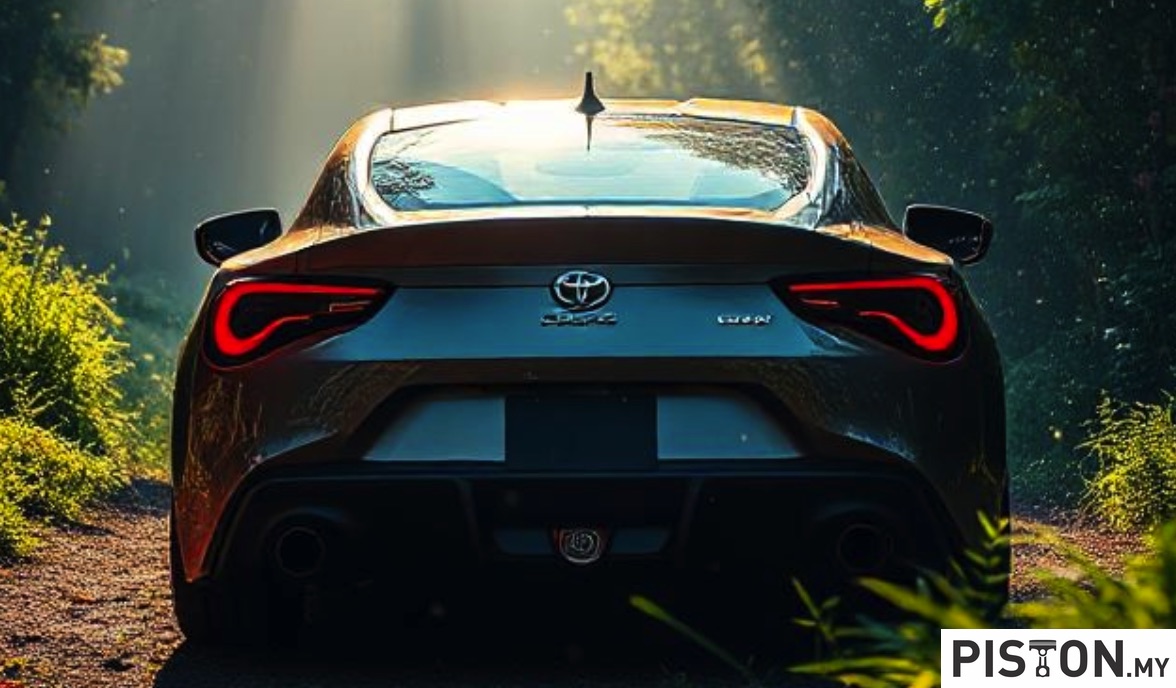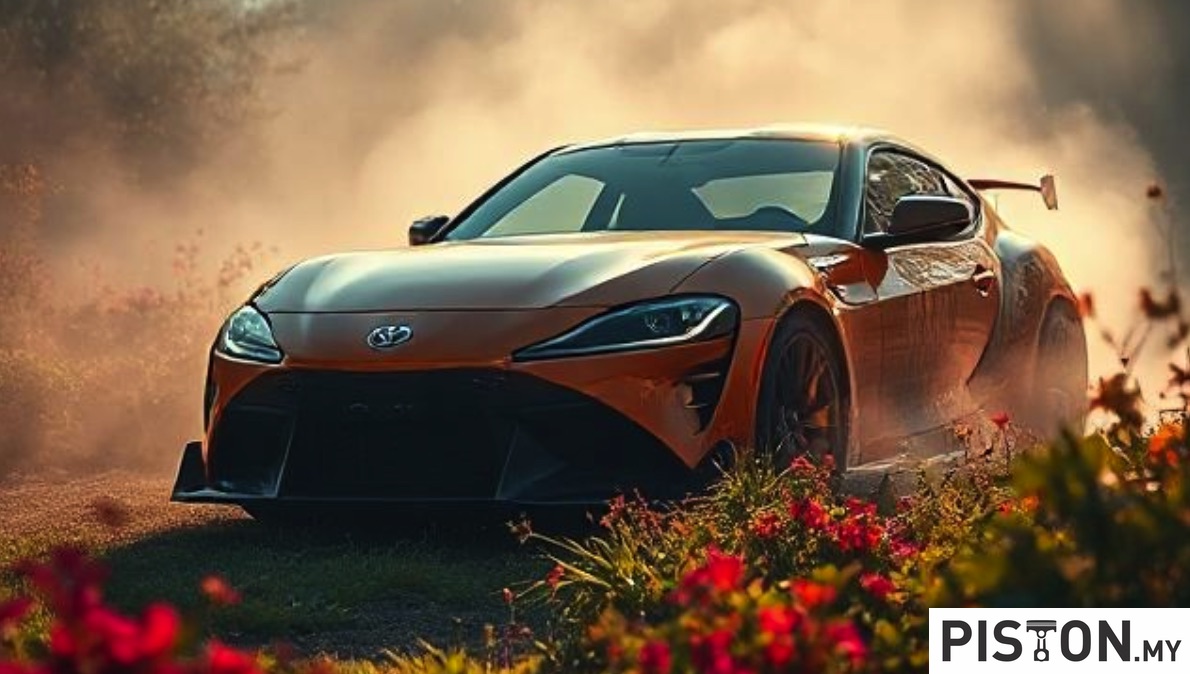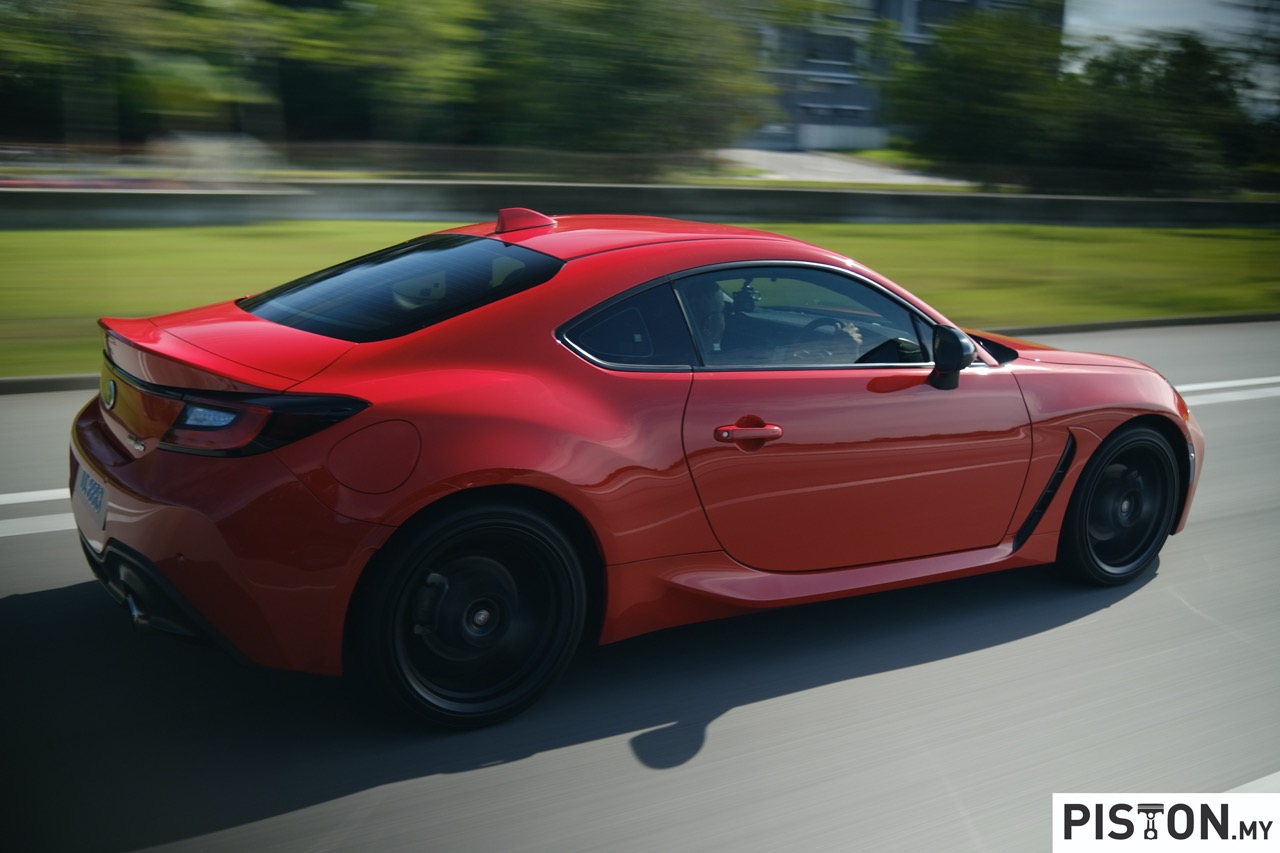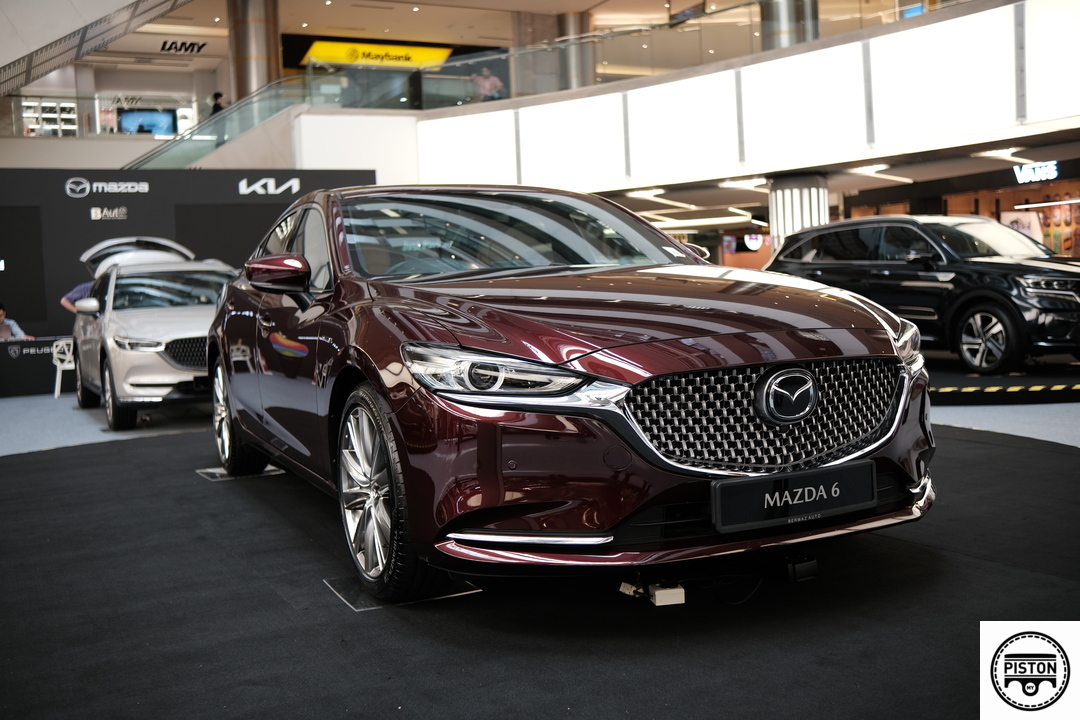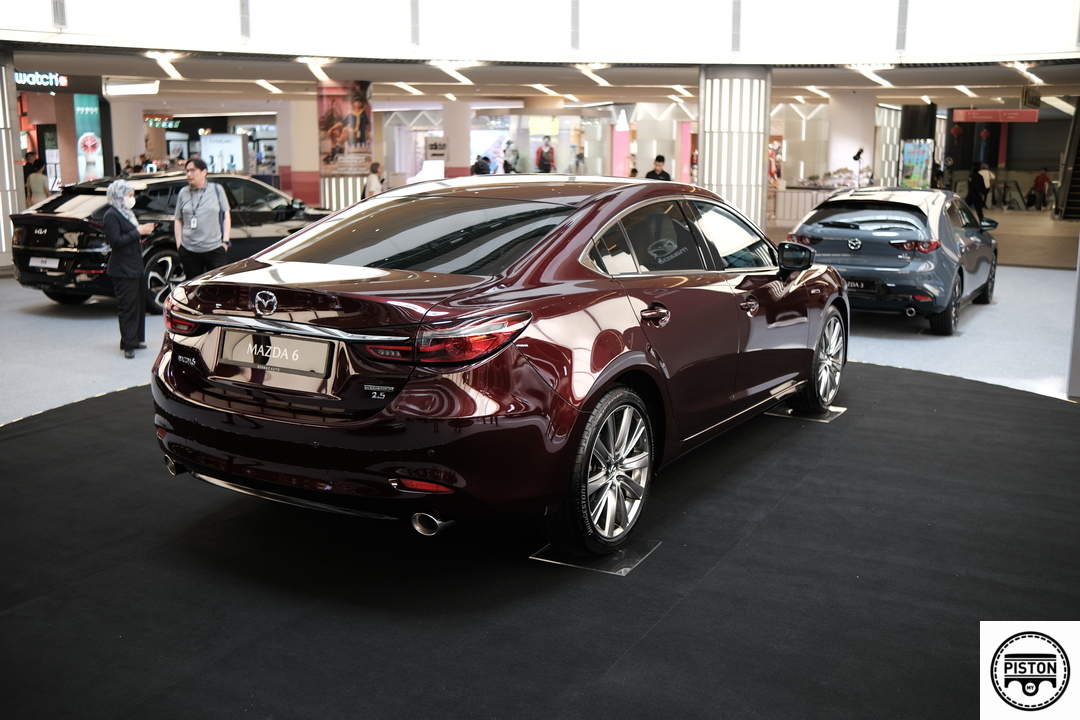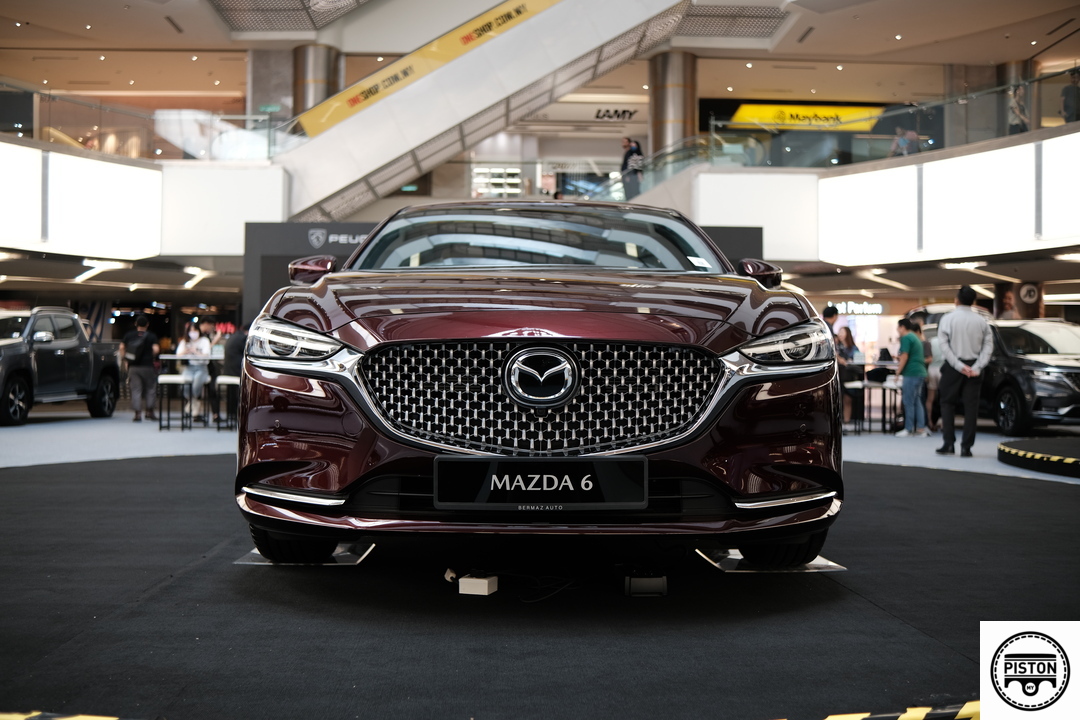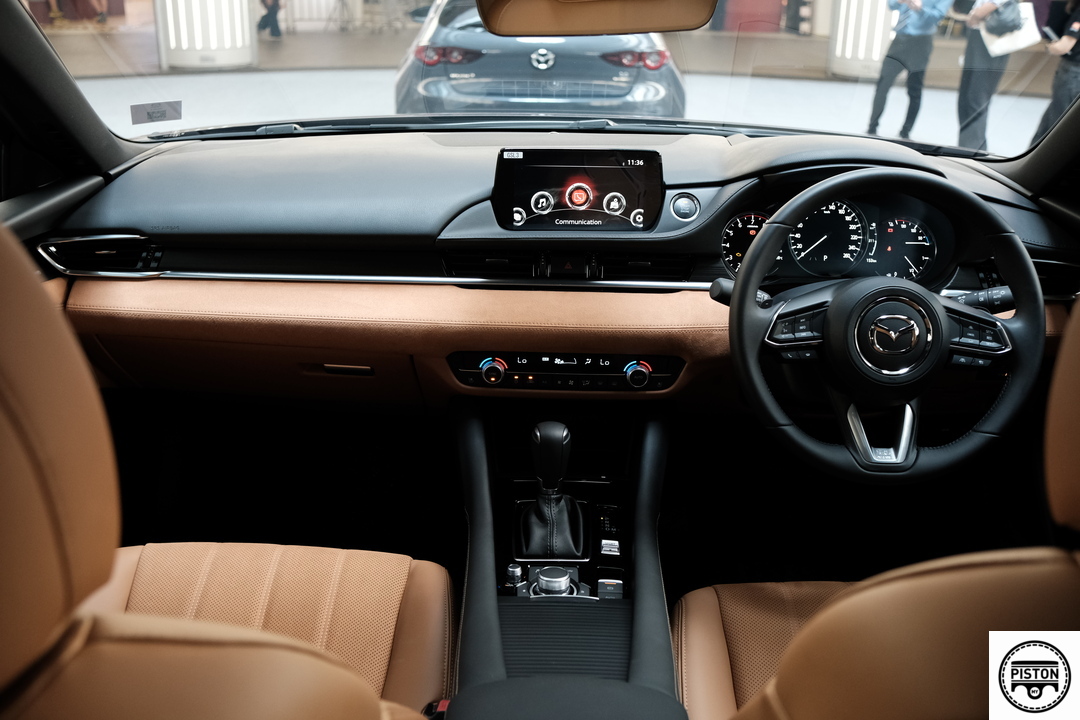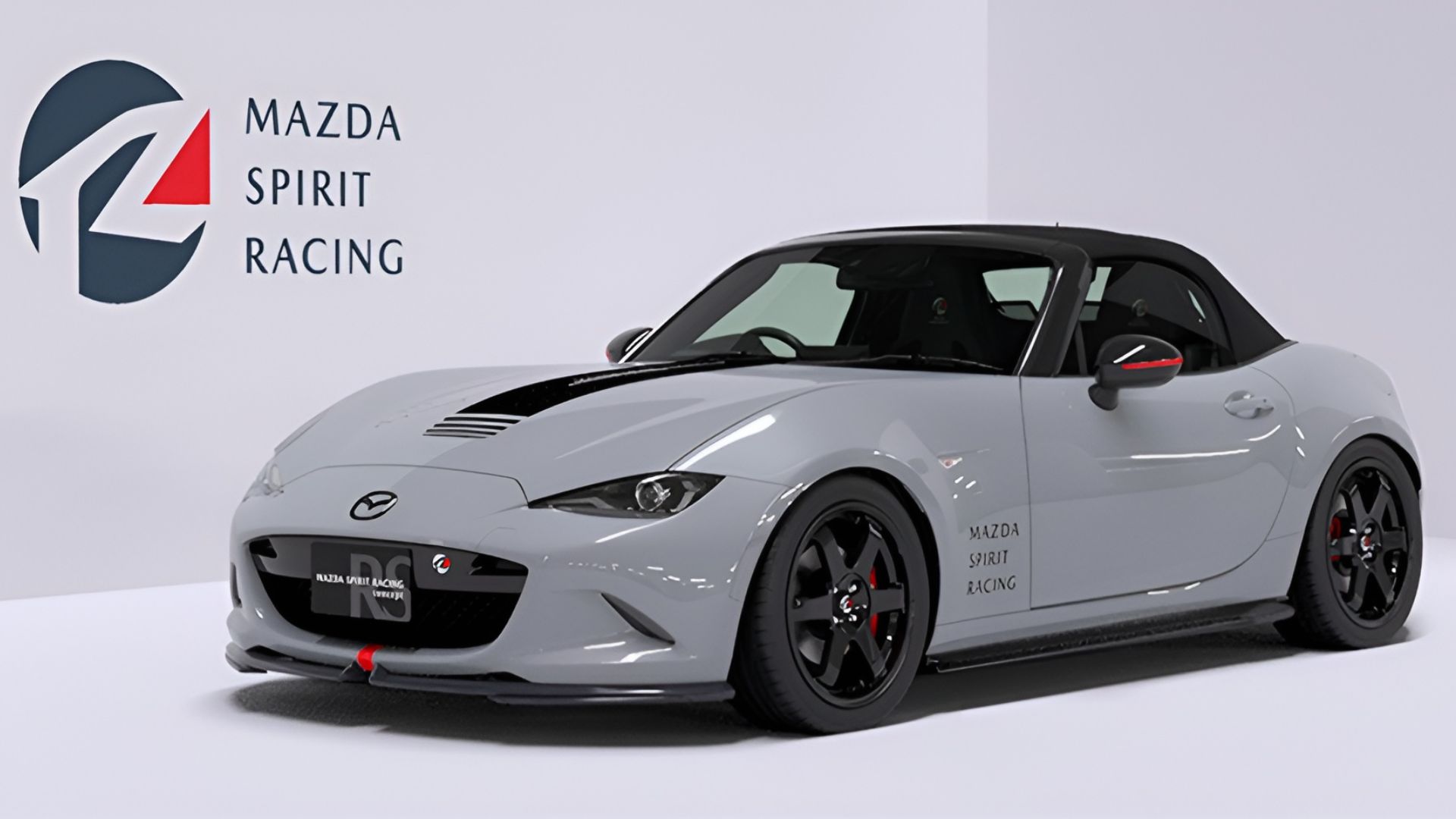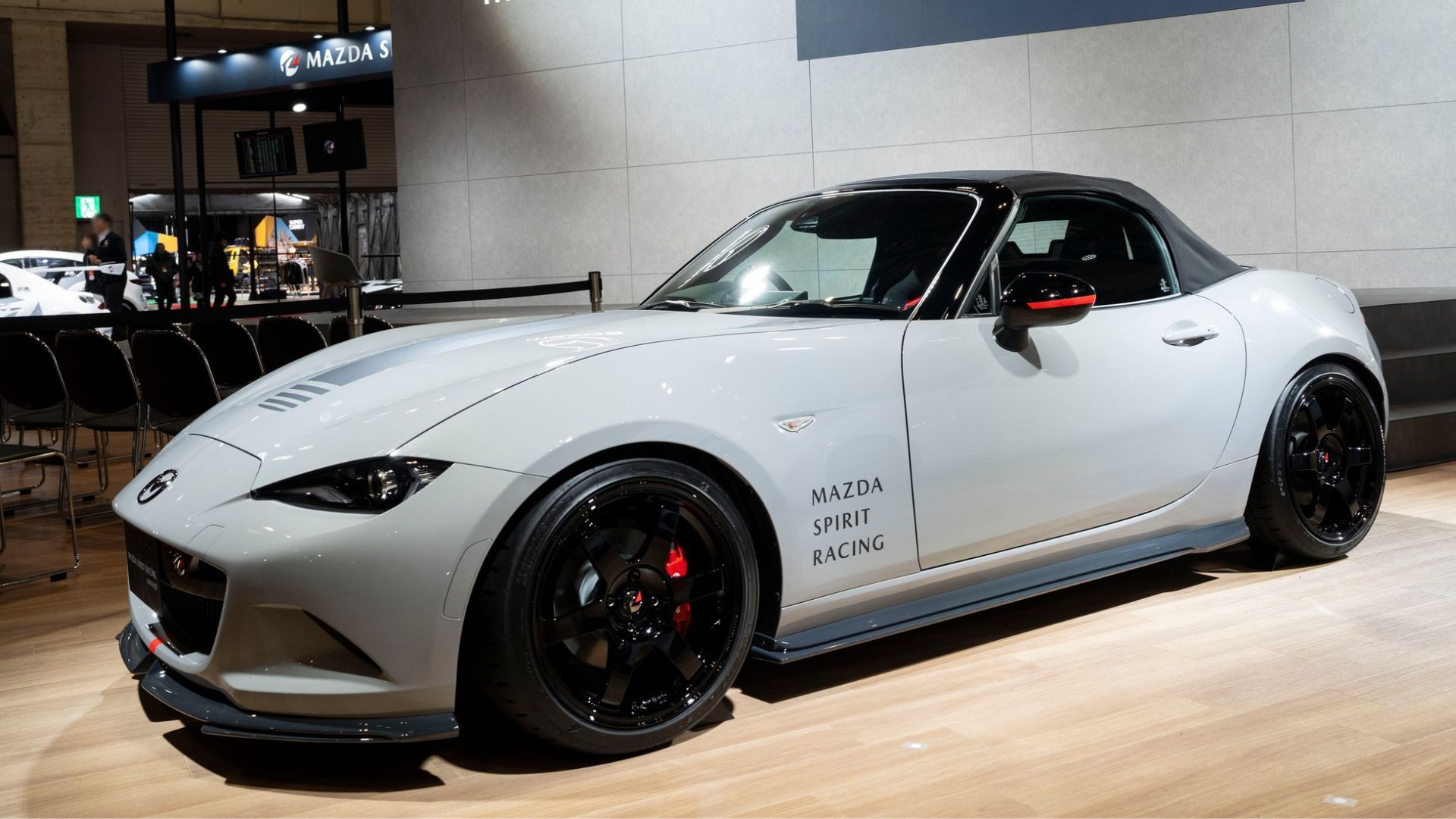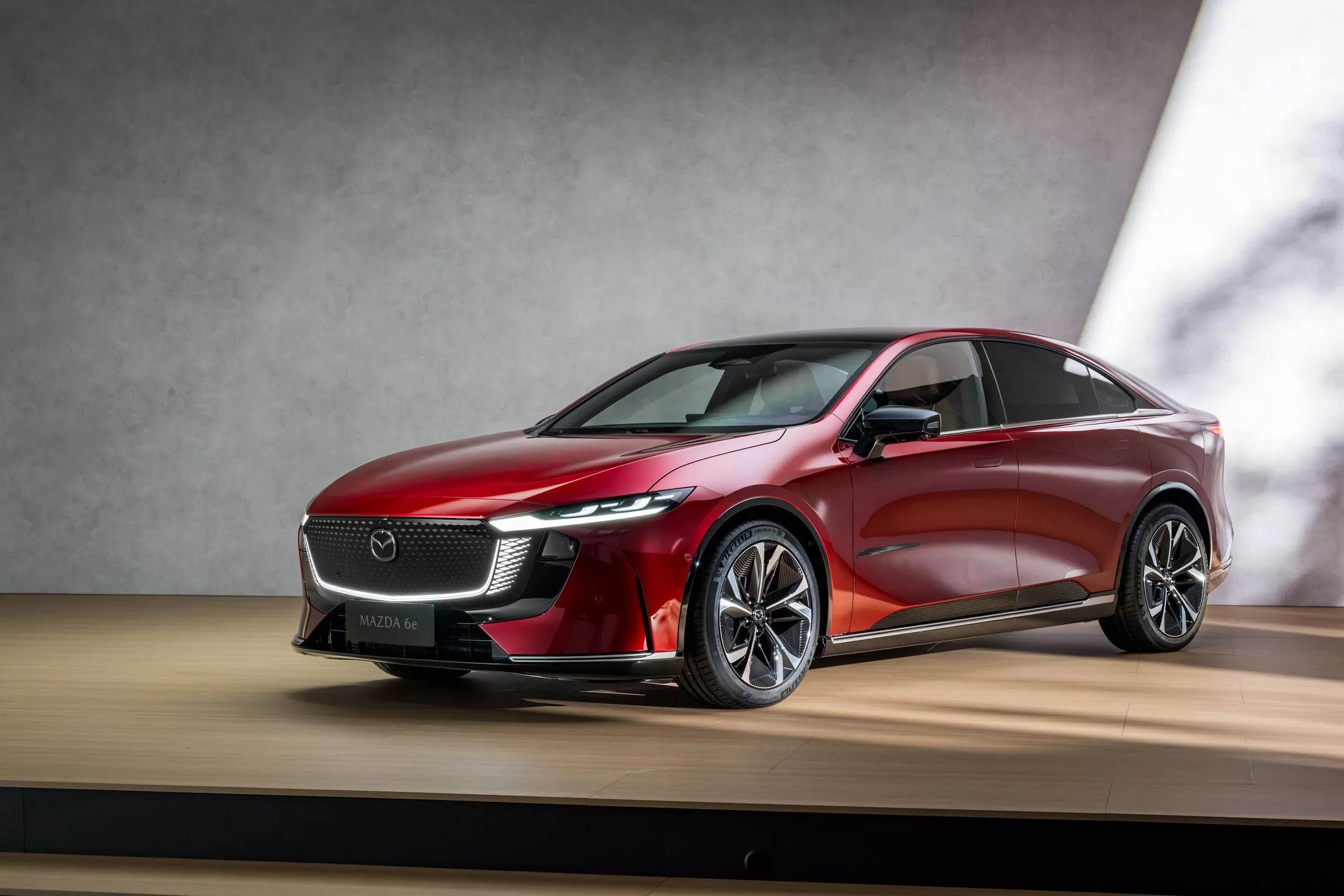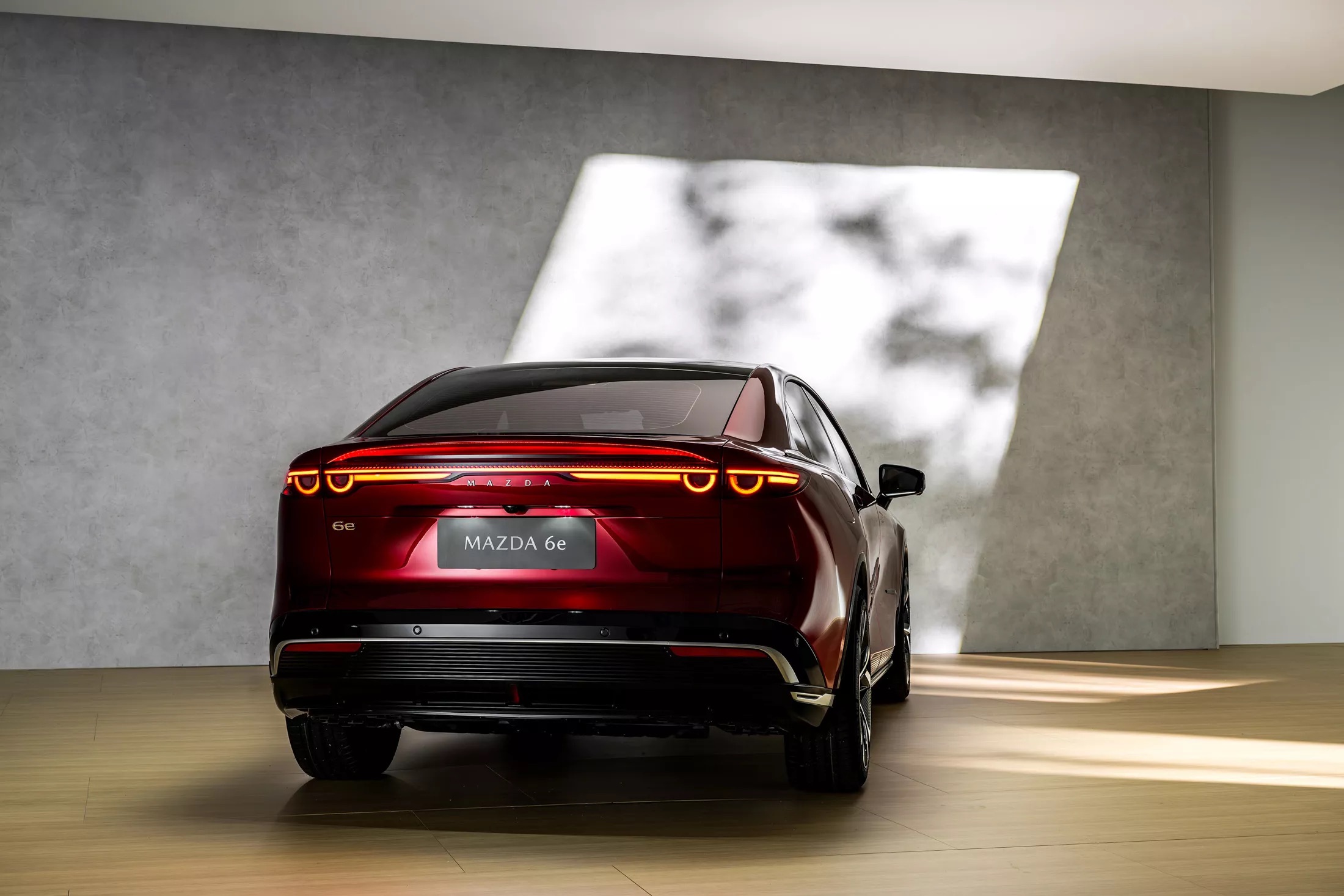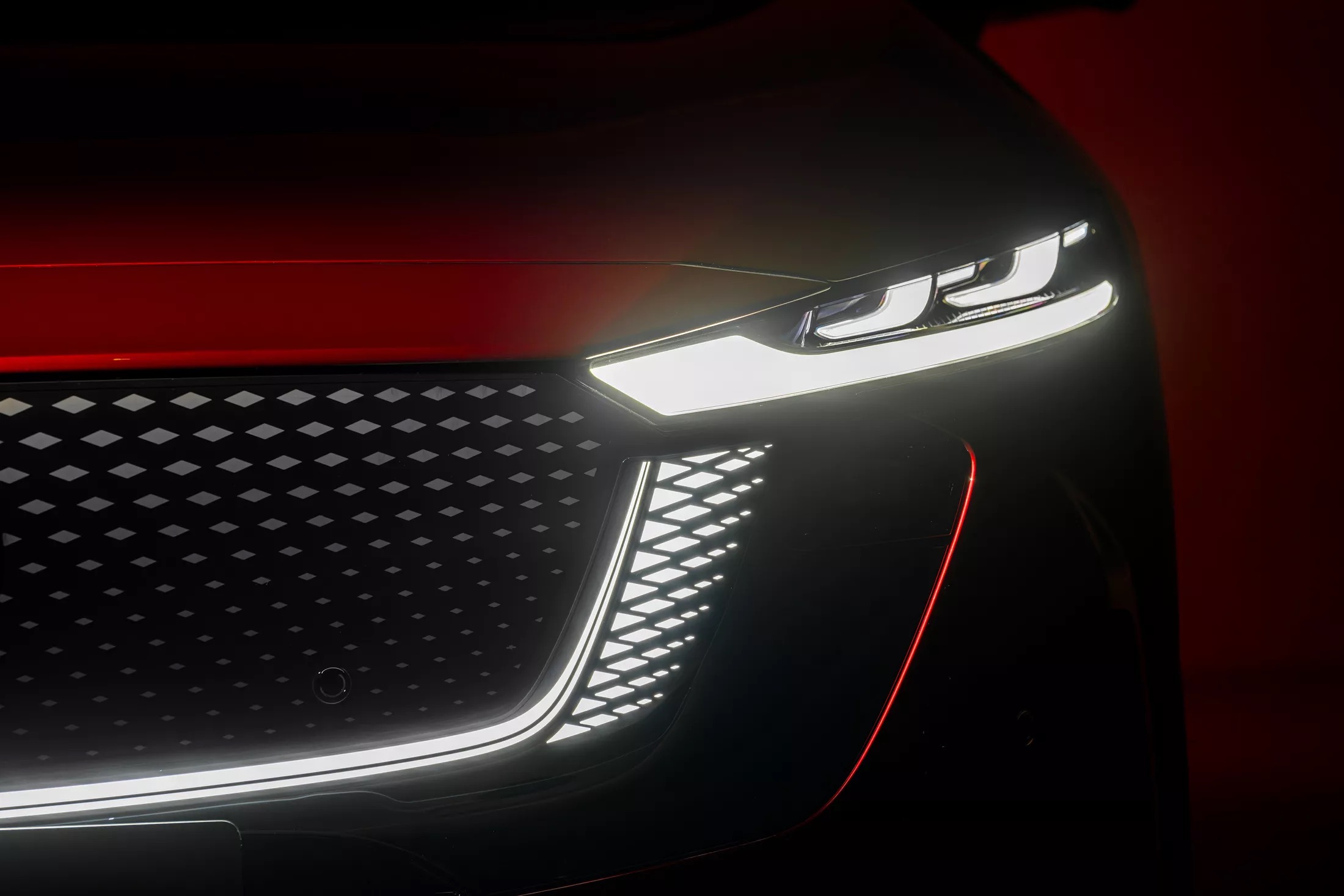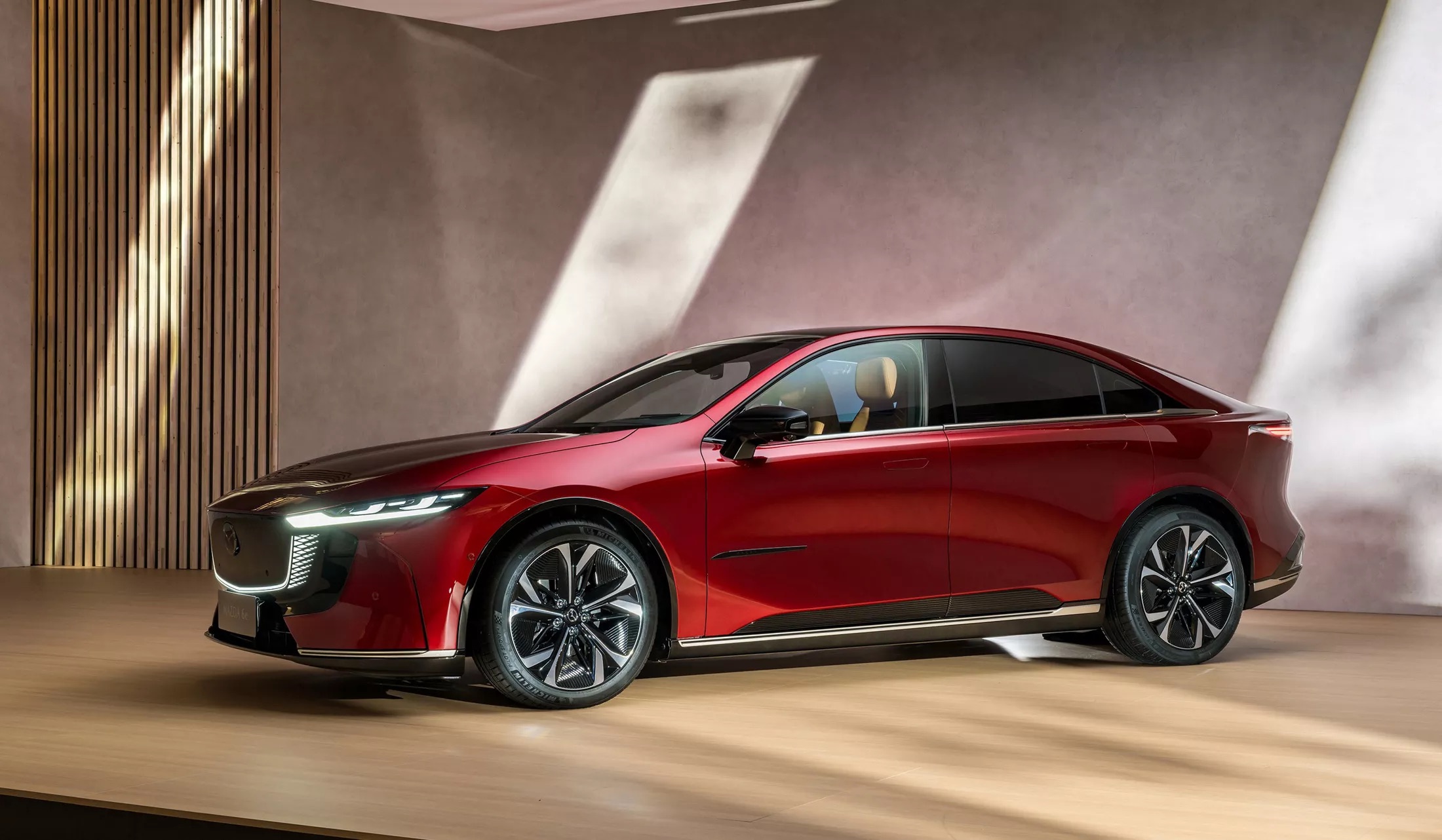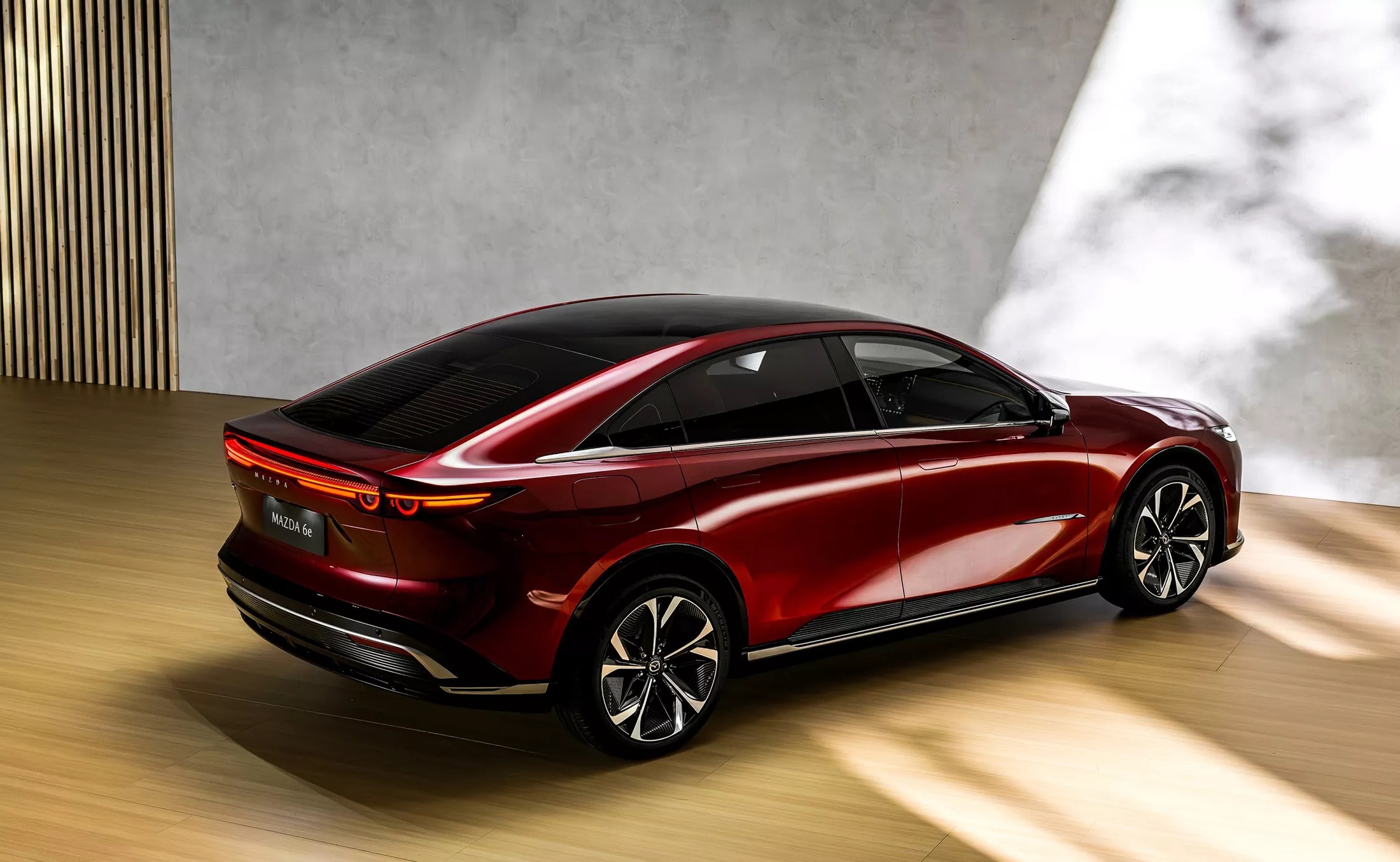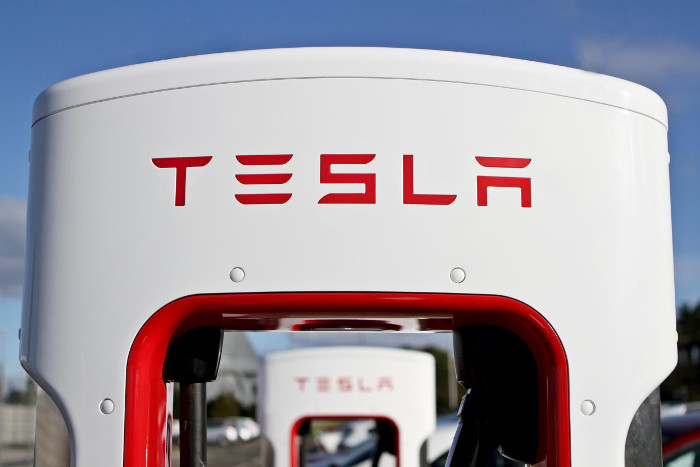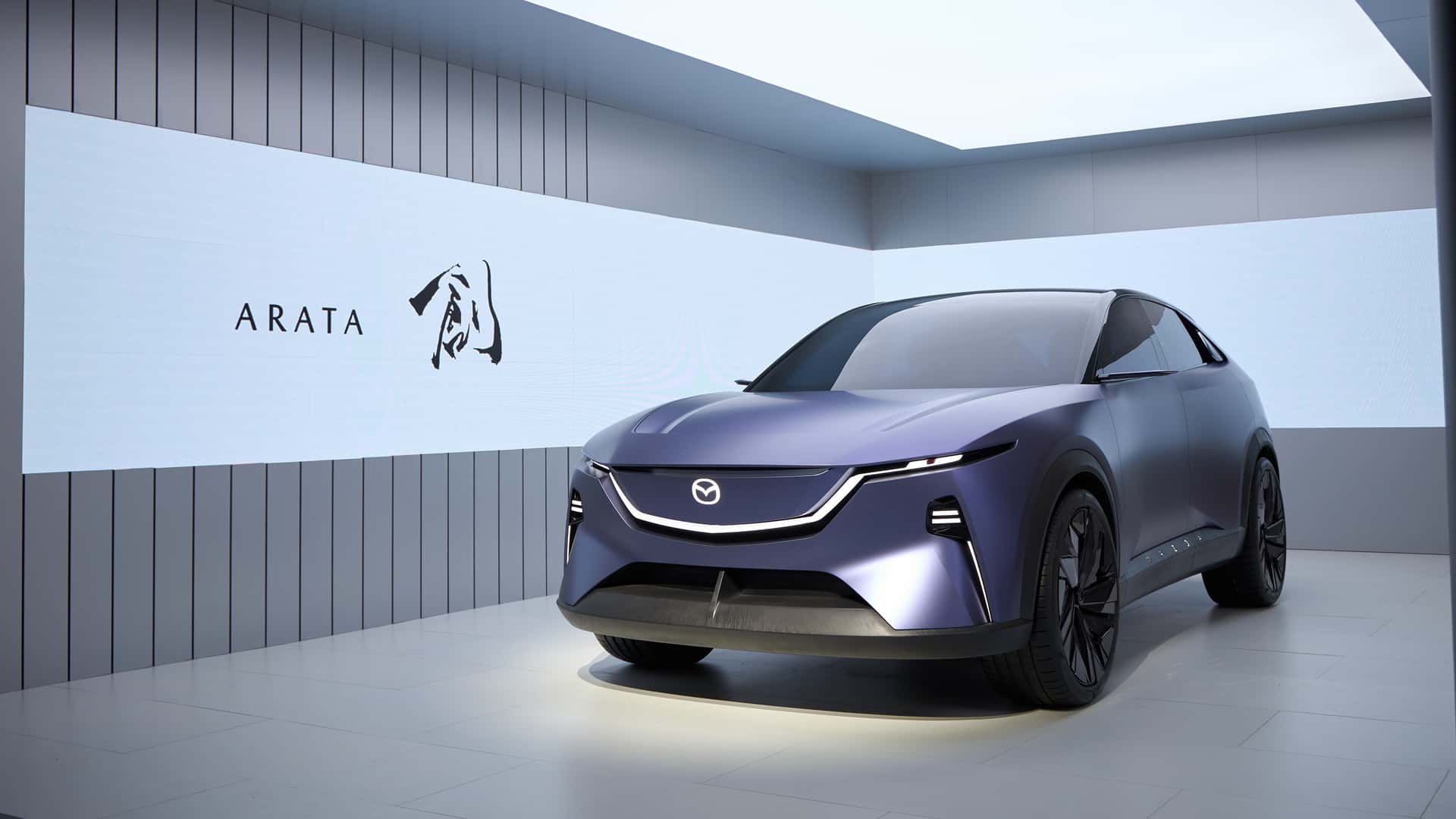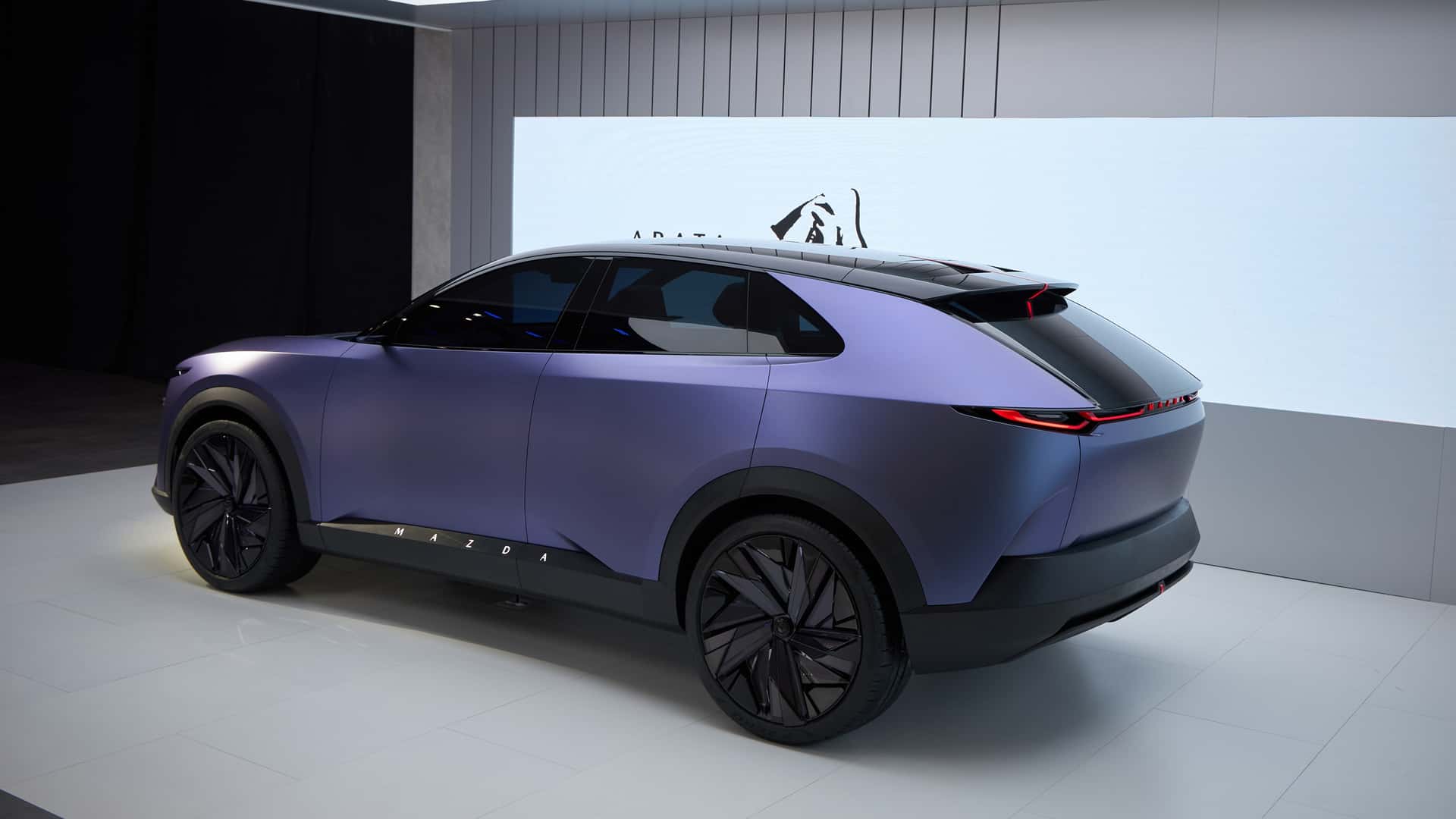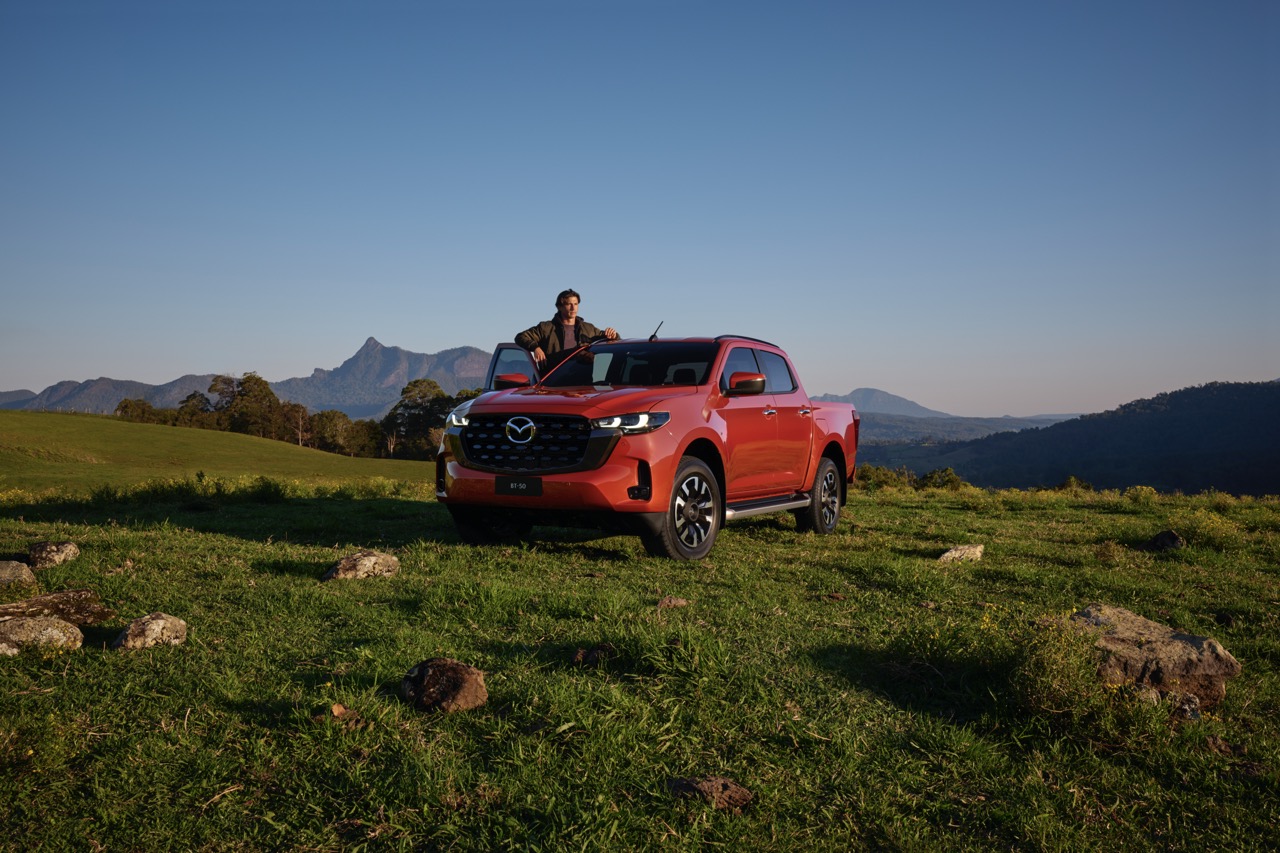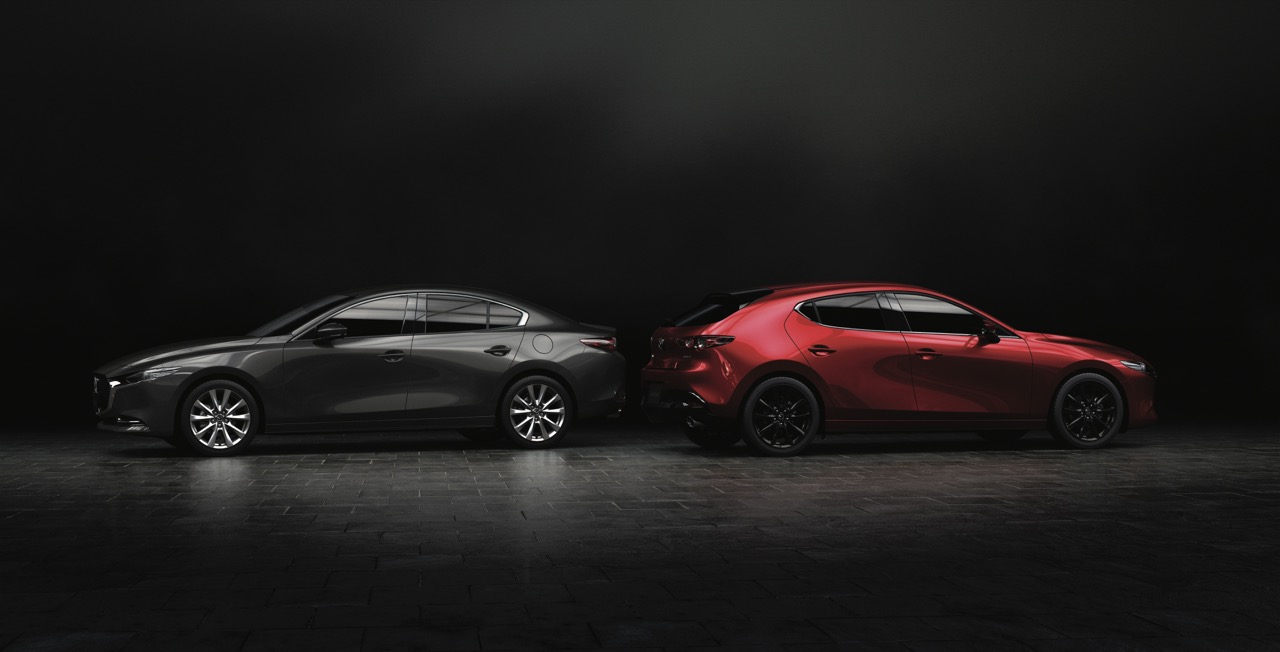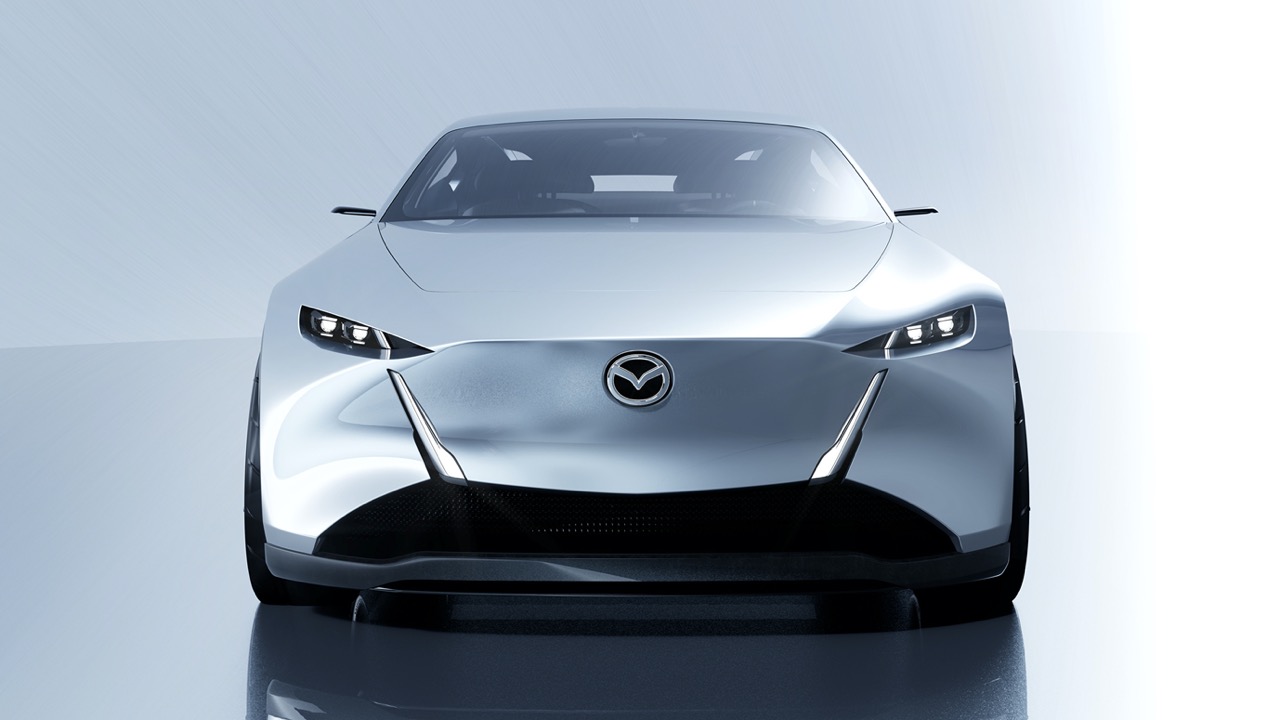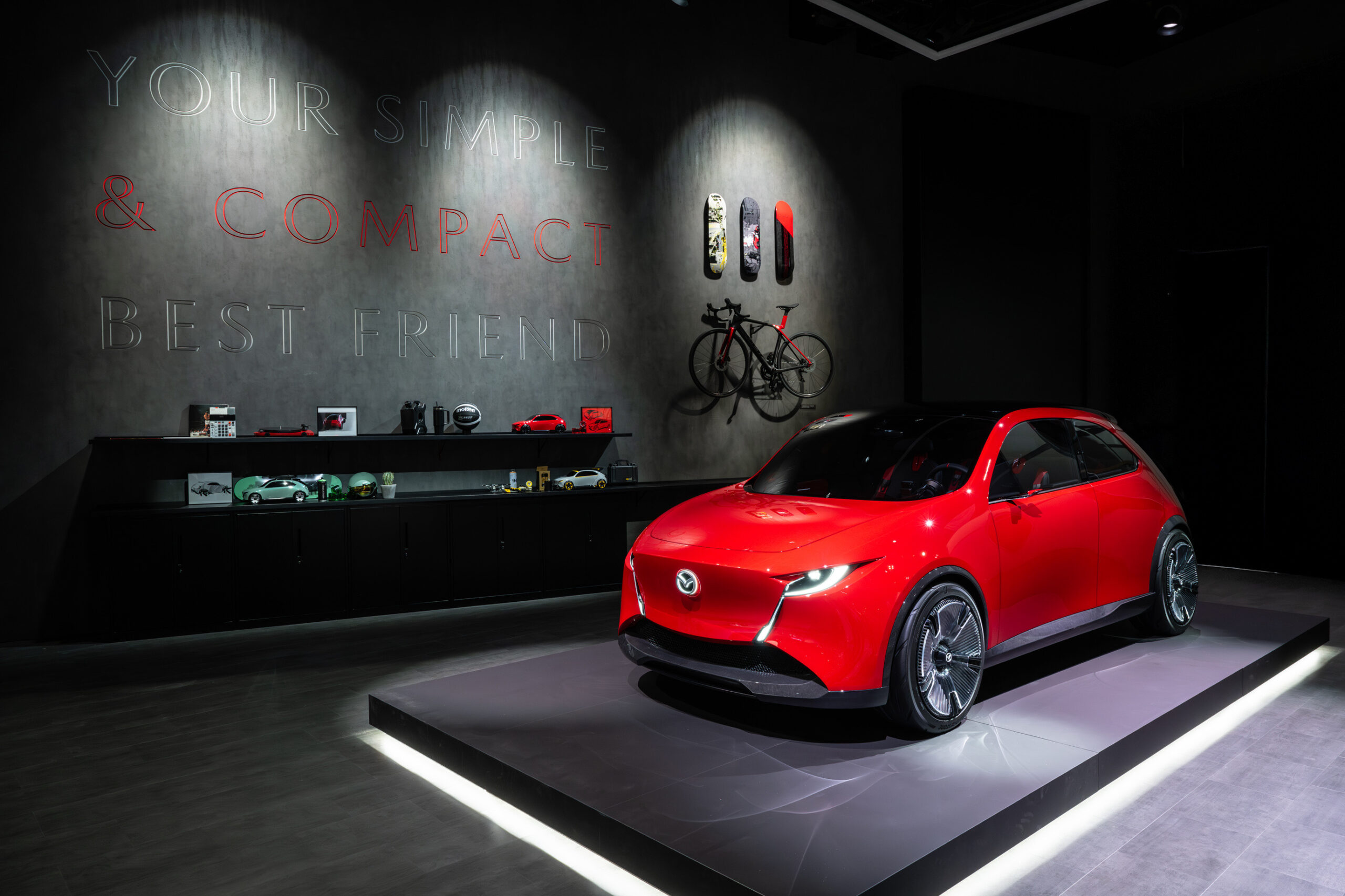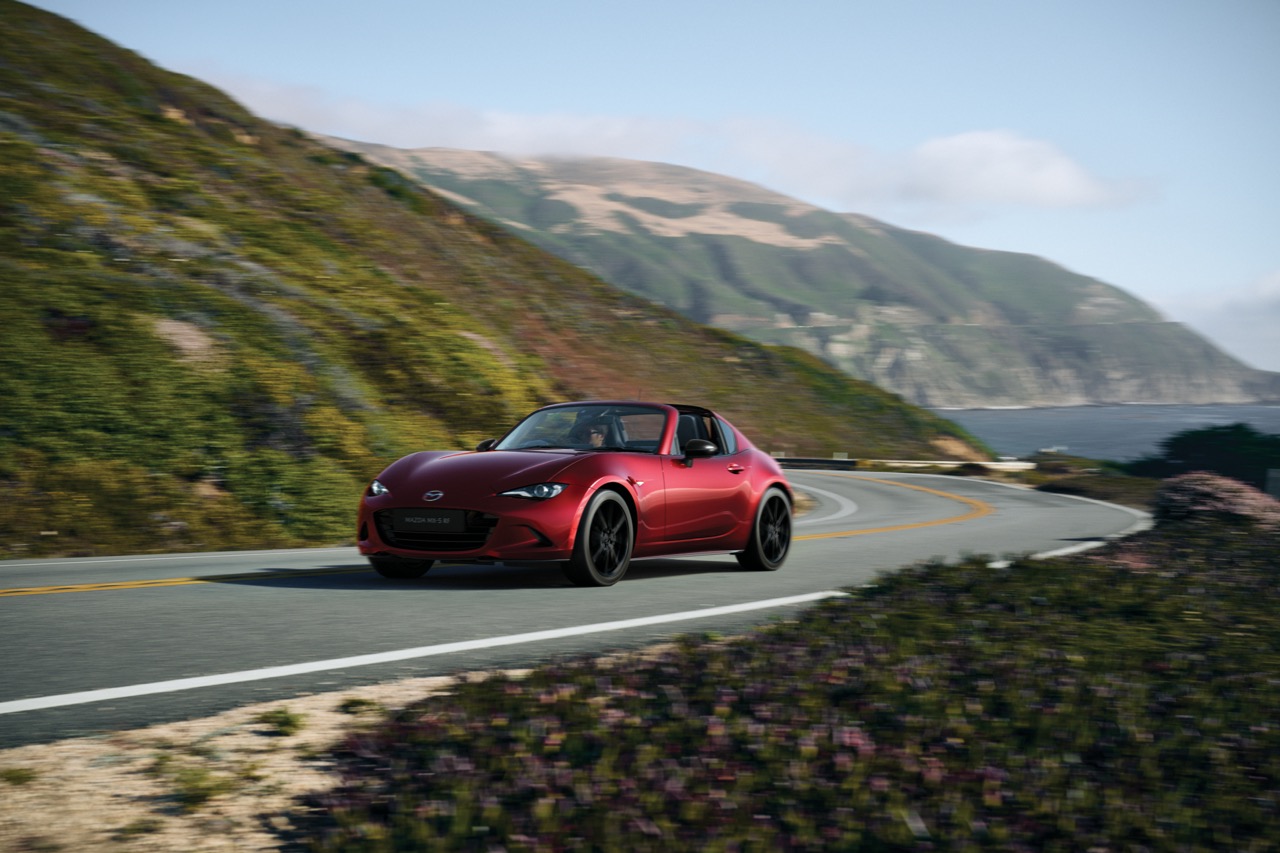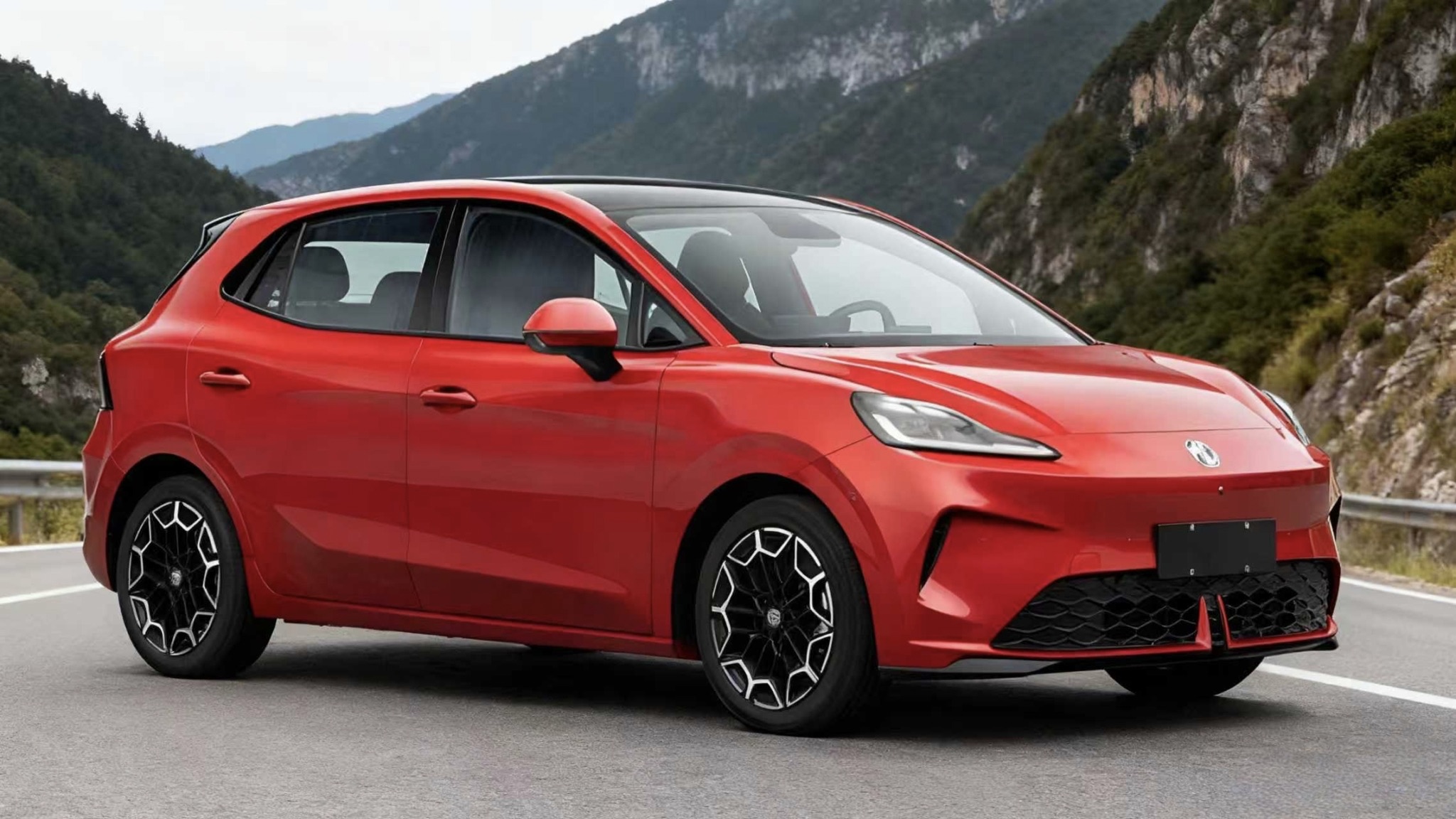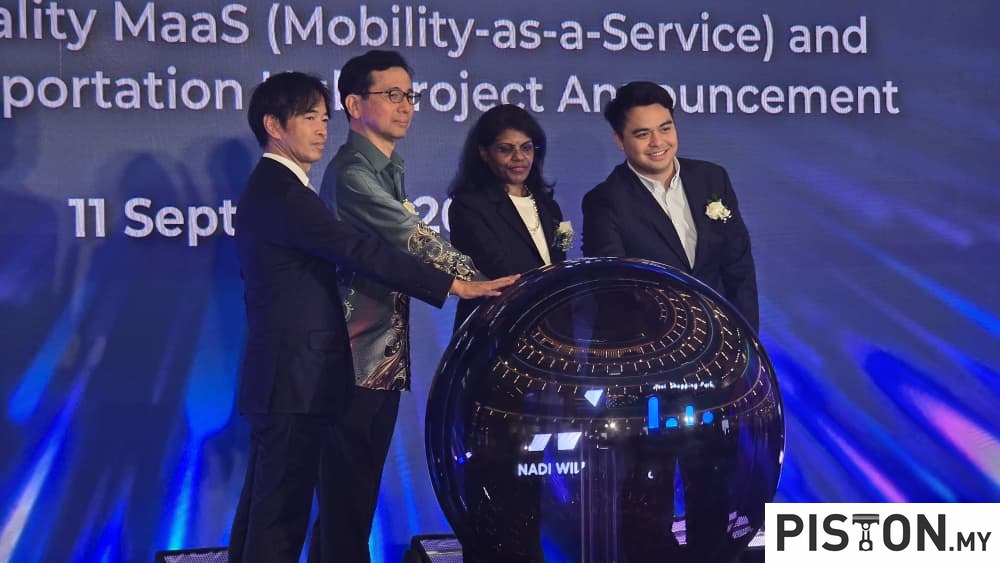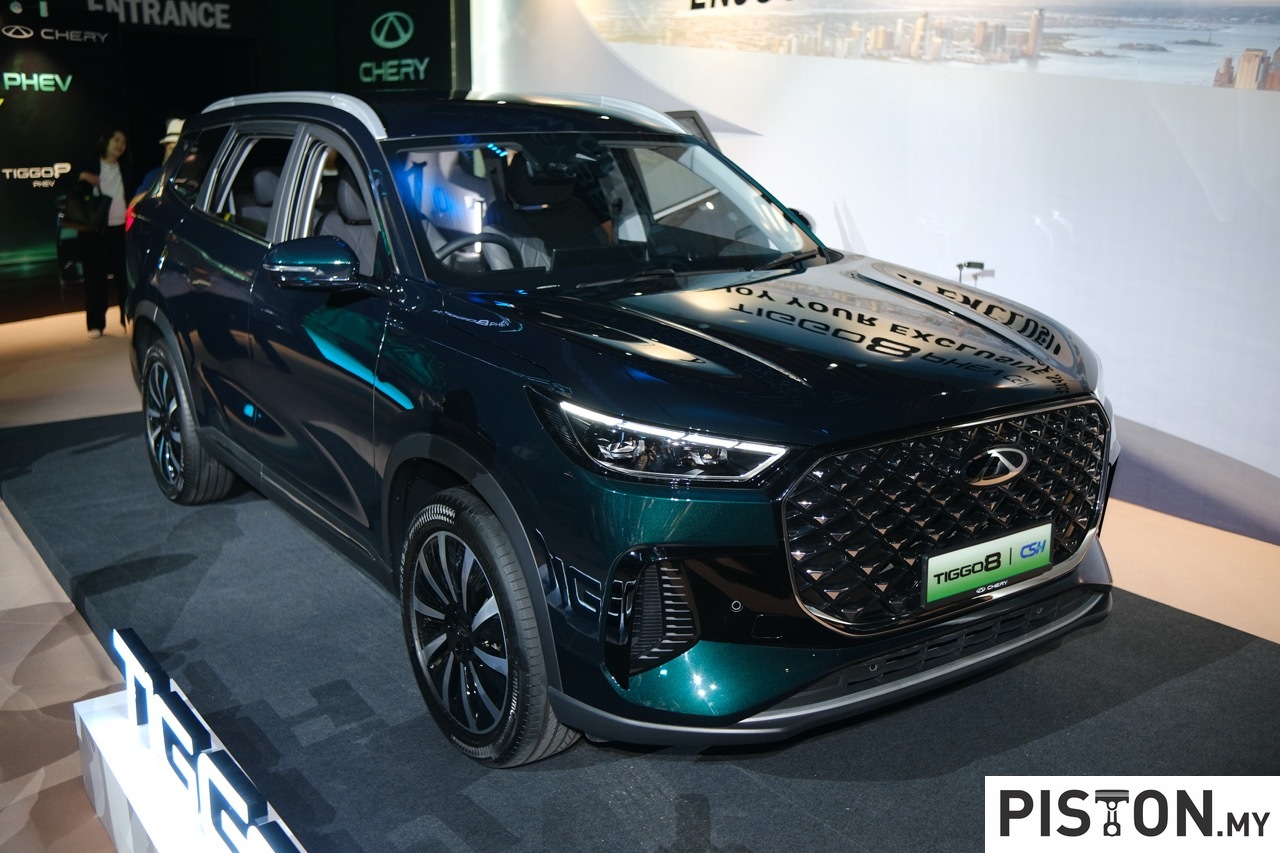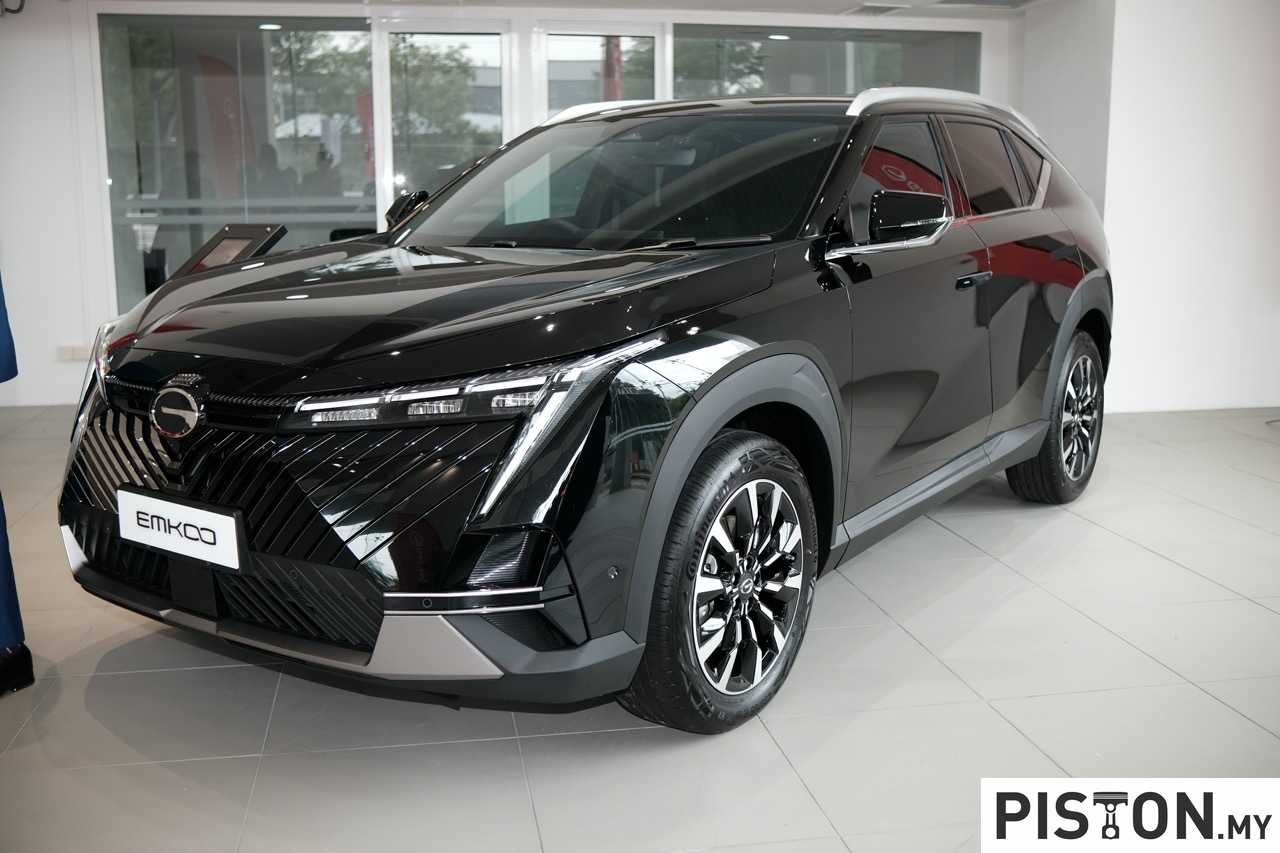Toyota Gazoo Racing terus mengukuhkan kedudukannya dalam segmen kereta sport global dengan perancangan masa depan yang penuh aspirasi, termasuk kebangkitan semula model lagenda Celica serta pengenalan pengganti baharu bagi MR2 dengan enjin pertengahan. Di sebalik usaha membangunkan dua ikon tersebut, Toyota turut mengesahkan bahawa model GR86 akan diteruskan dengan generasi terbaharu dan tidak akan dihentikan pengeluarannya.
Sejak kemunculan sulung pada penghujung tahun 2011, Toyota 86 berjaya mencipta kedudukan istimewa dalam kalangan peminat kereta sport pacuan roda belakang. Generasi kedua yang dikenali sebagai GR86 pula diperkenalkan pada tahun 2020. Berdasarkan kitaran produk semasa, generasi ketiga model ini dijangka dilancarkan sekitar tahun 2027, menurut laporan daripada media automotif Jepun.
Berbeza dengan model terdahulu yang dibangunkan bersama Subaru dan turut dipasarkan sebagai Subaru BRZ, GR86 generasi baharu dijangka akan direka sepenuhnya oleh Toyota. Keputusan ini dianggap langkah berani, memandangkan pasaran kereta sport tradisional semakin mengecil, manakala portfolio prestasi di bawah jenama Gazoo Racing pula semakin berkembang pesat.
Menurut laporan daripada penerbitan automotif Jepun, Mag X, Toyota kini sedang mempertimbangkan untuk mendapatkan kepakaran Mazda dalam pembangunan GR86 generasi baharu. Difahamkan, seorang jurutera kanan daripada Mazda berkemungkinan besar akan mengetuai projek ini, menandakan kerjasama strategik antara kedua-dua syarikat dalam berkongsi kepakaran serta sumber, tanpa menjejaskan identiti jenama masing-masing.

